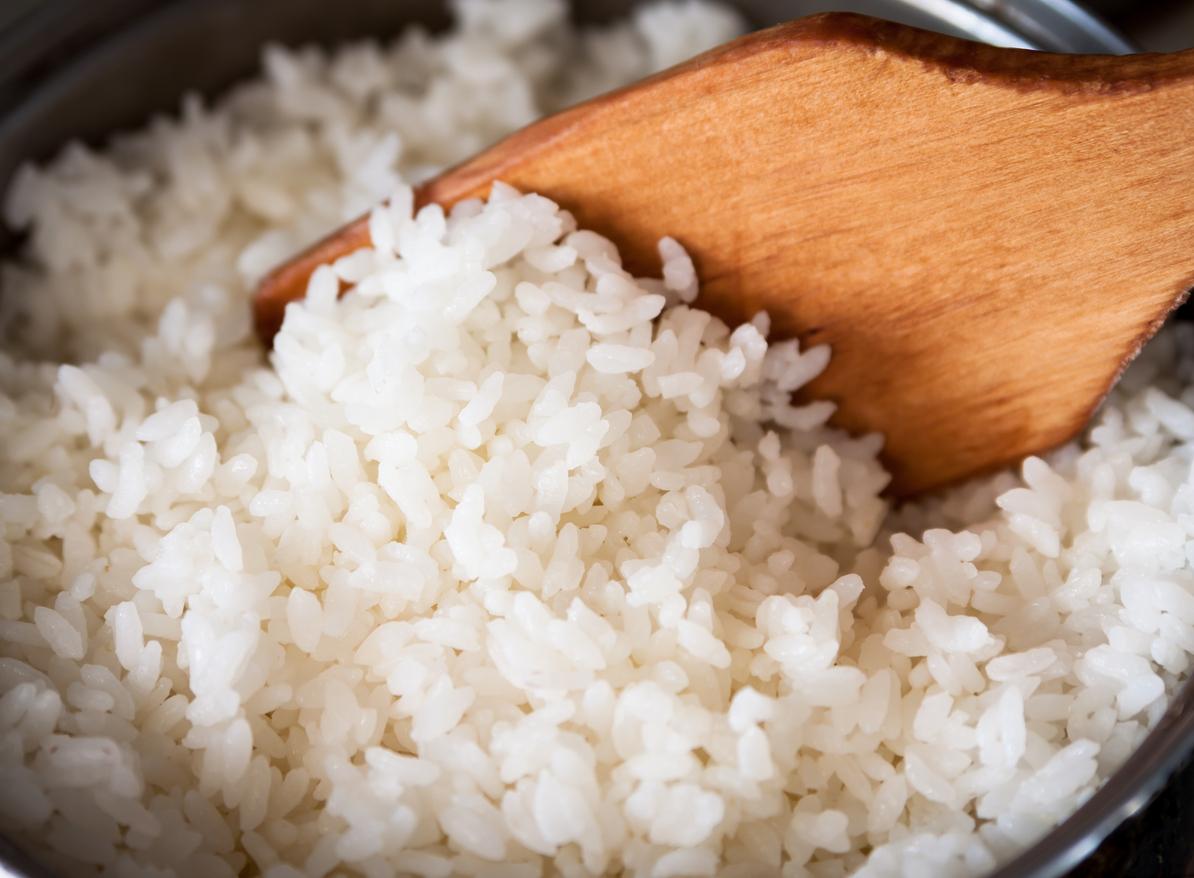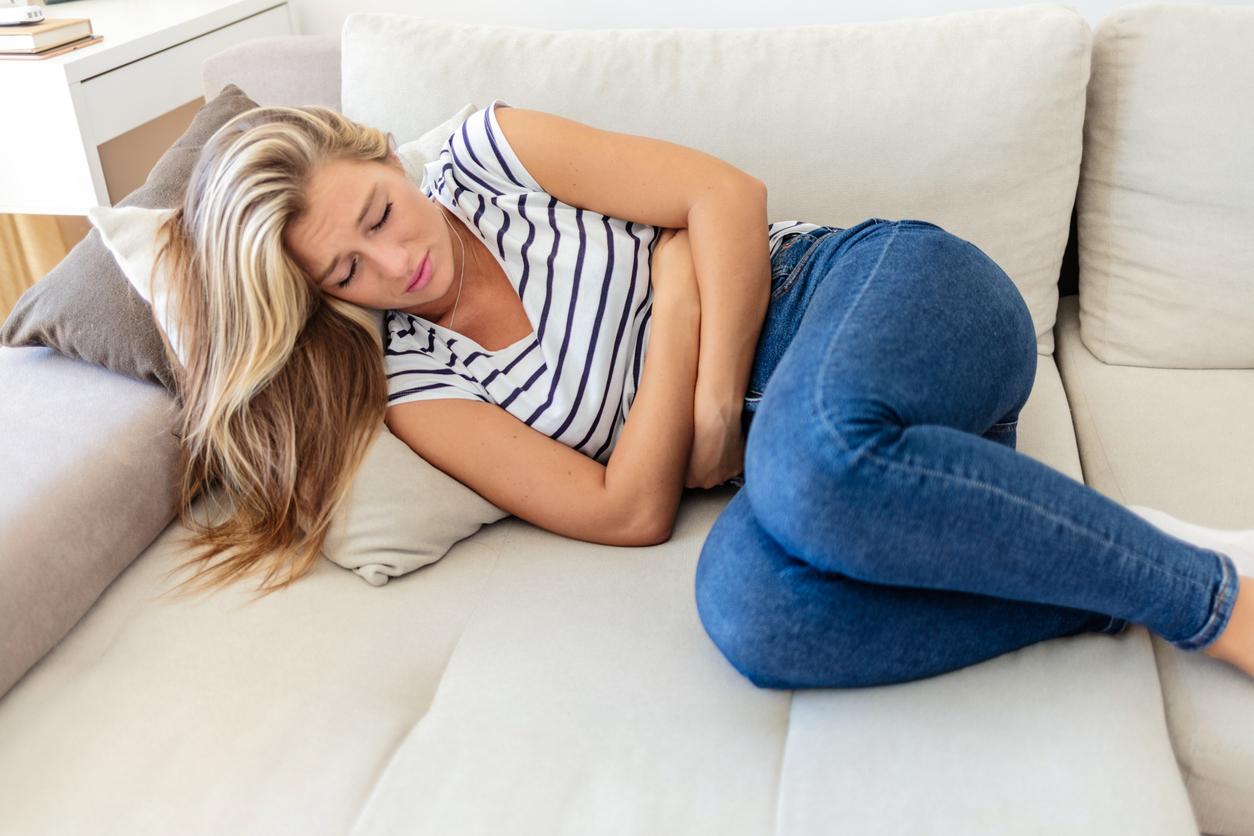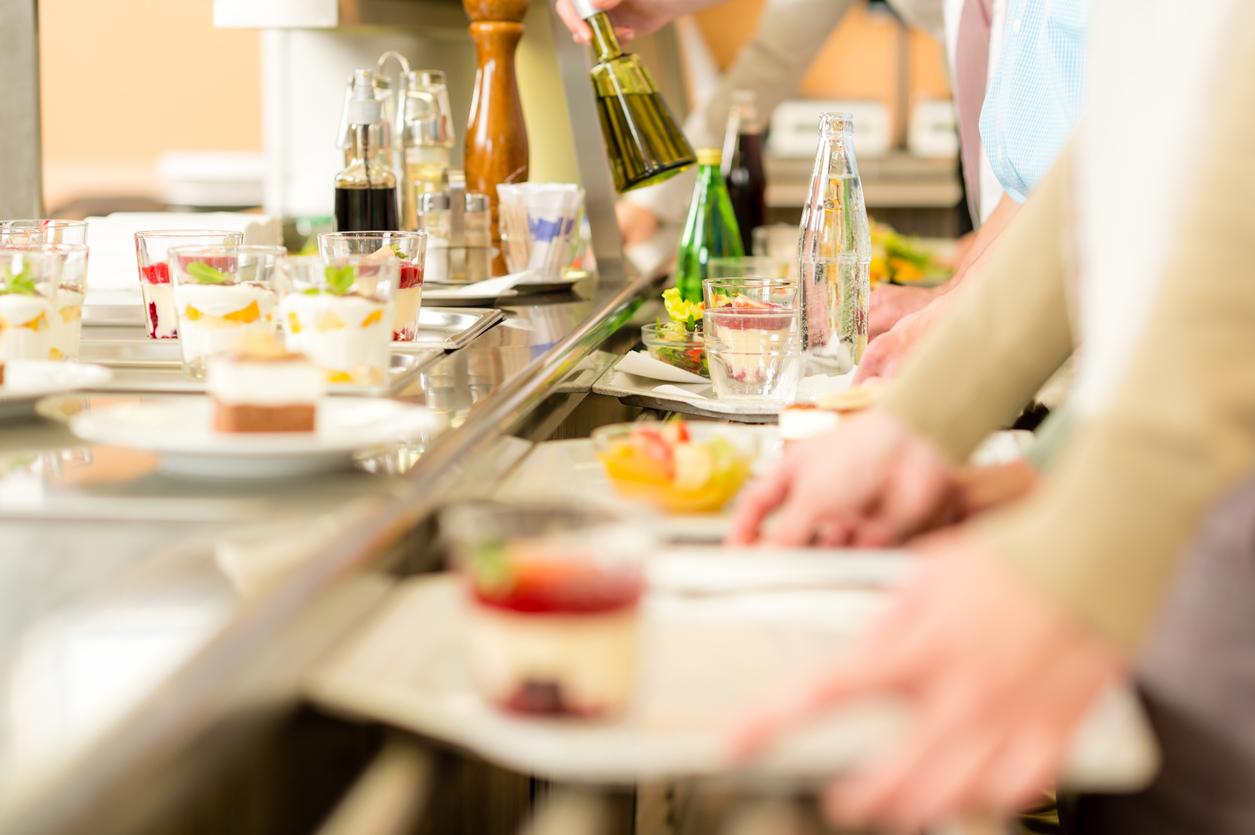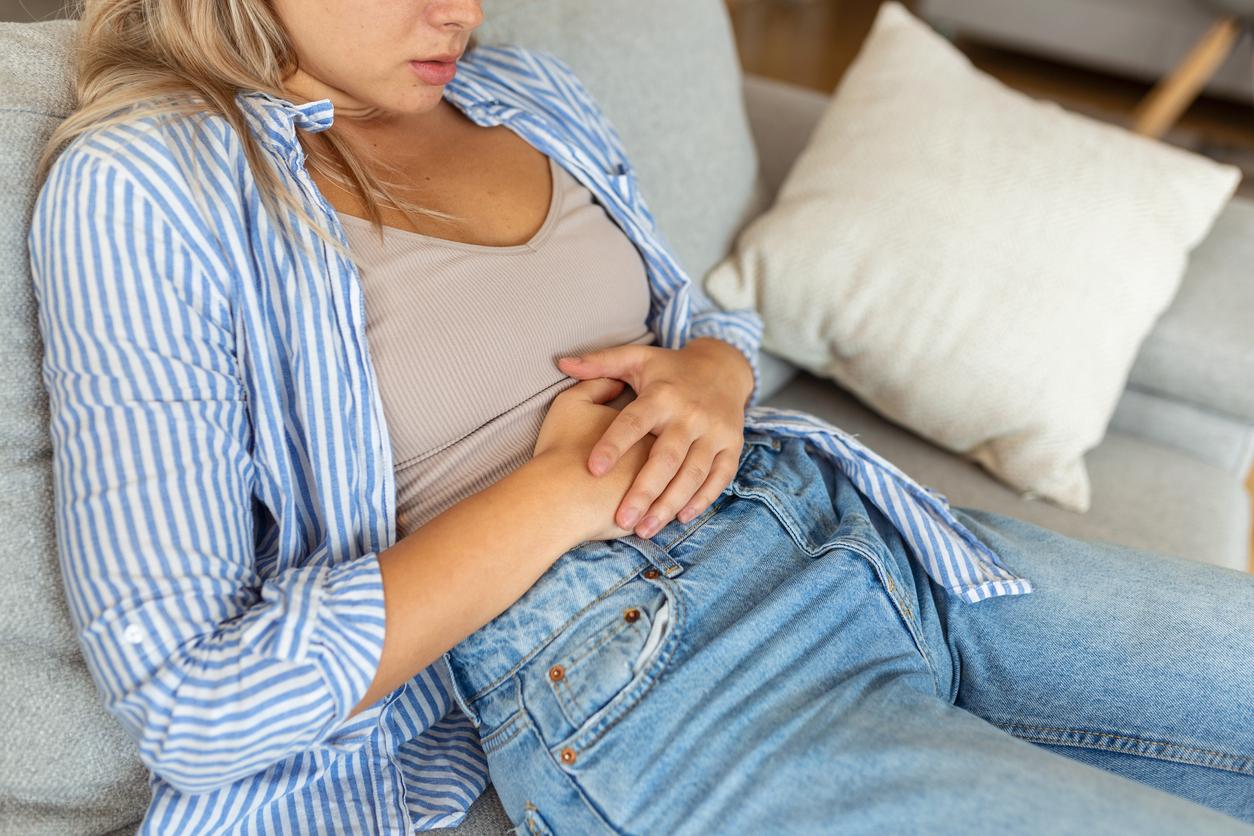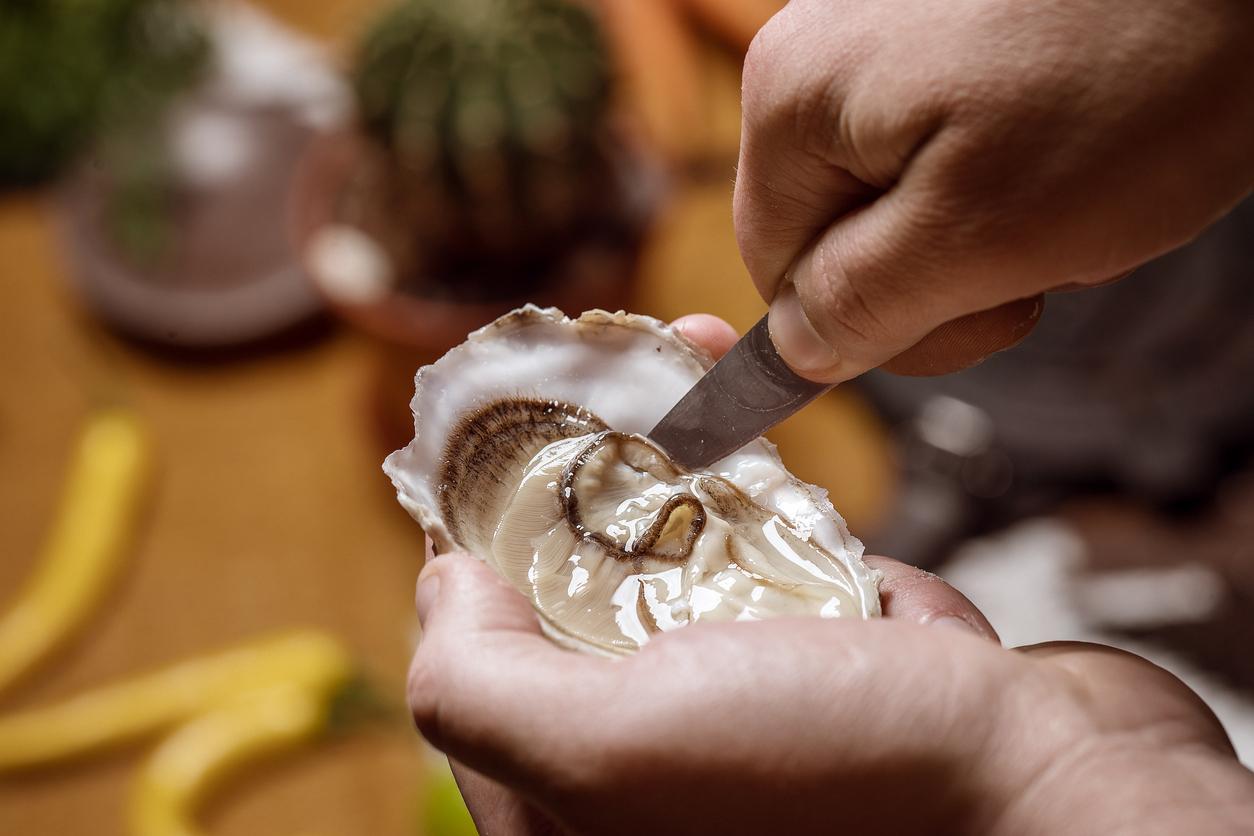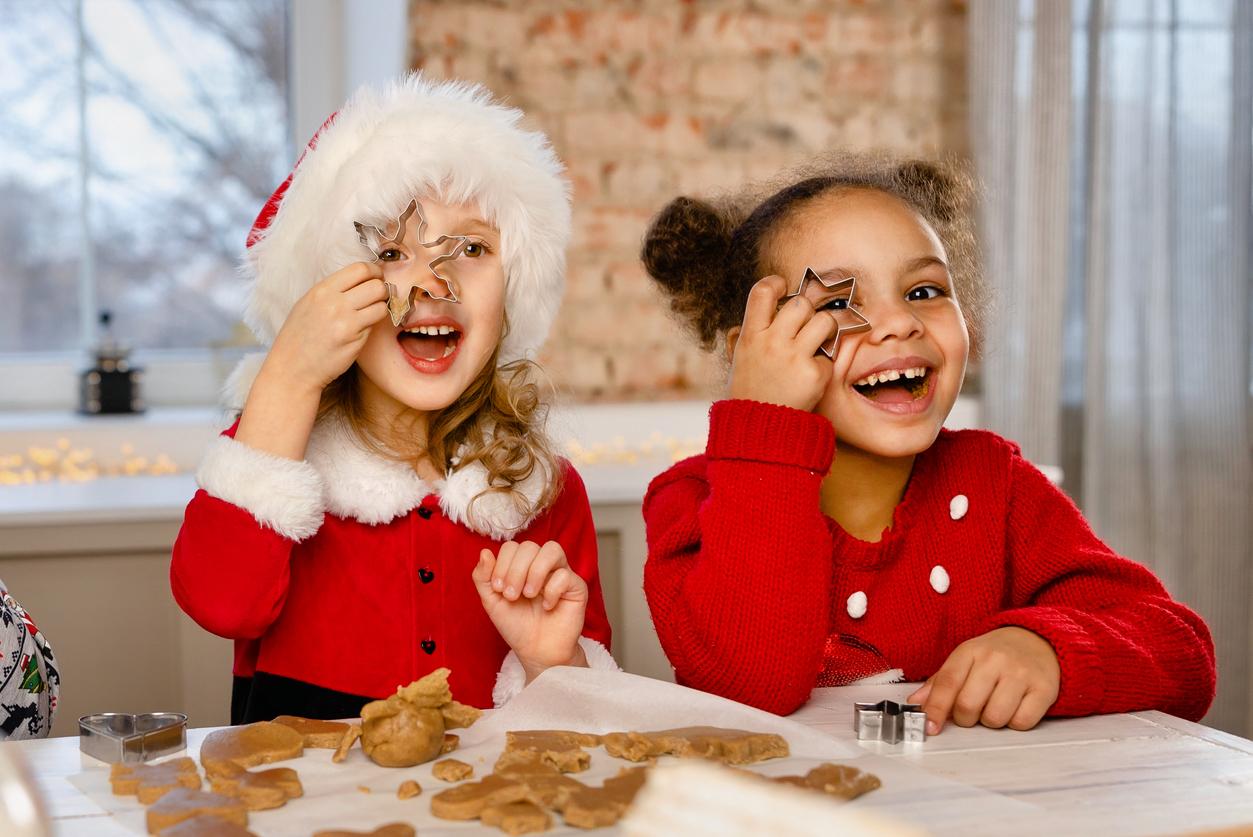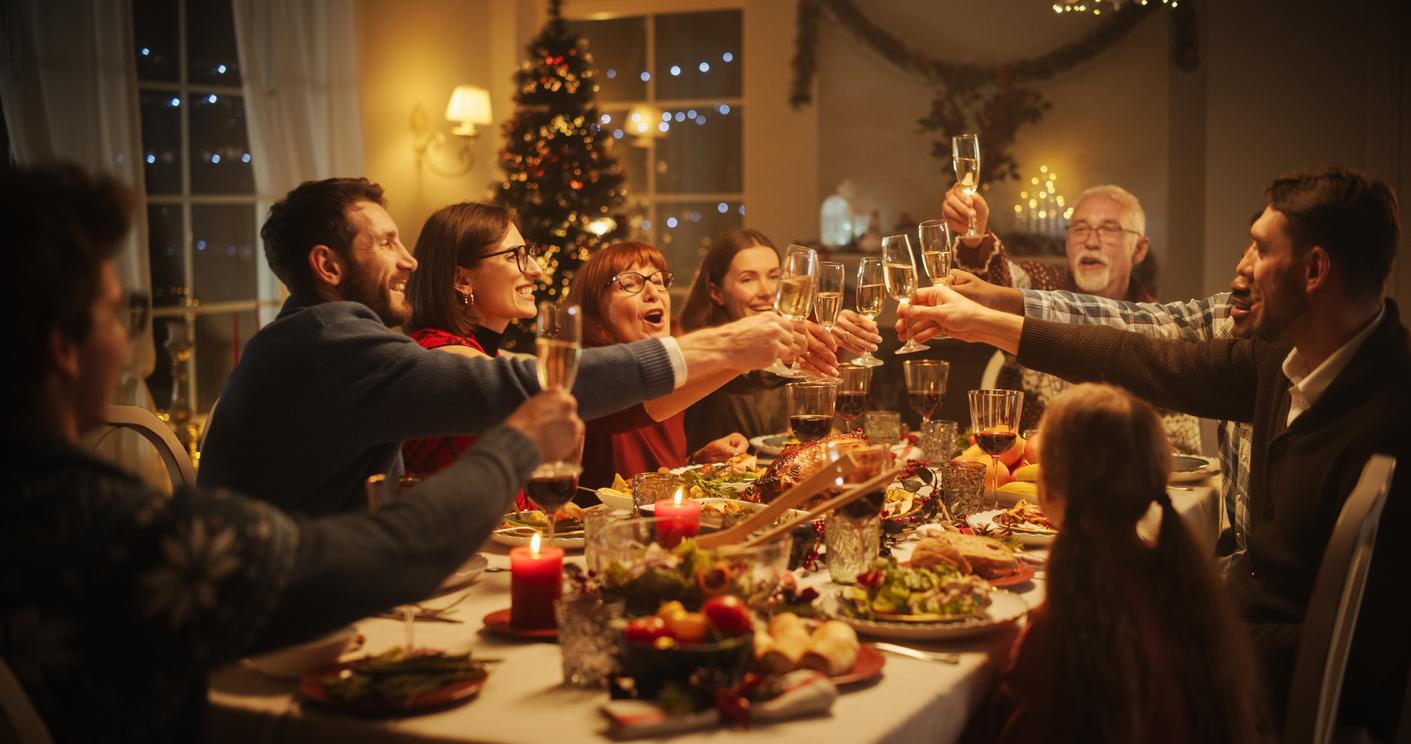Christmas is over. And as so often, the festivities end with a large number of leftovers. How to properly store unfinished dishes to avoid losses, but especially food poisoning?
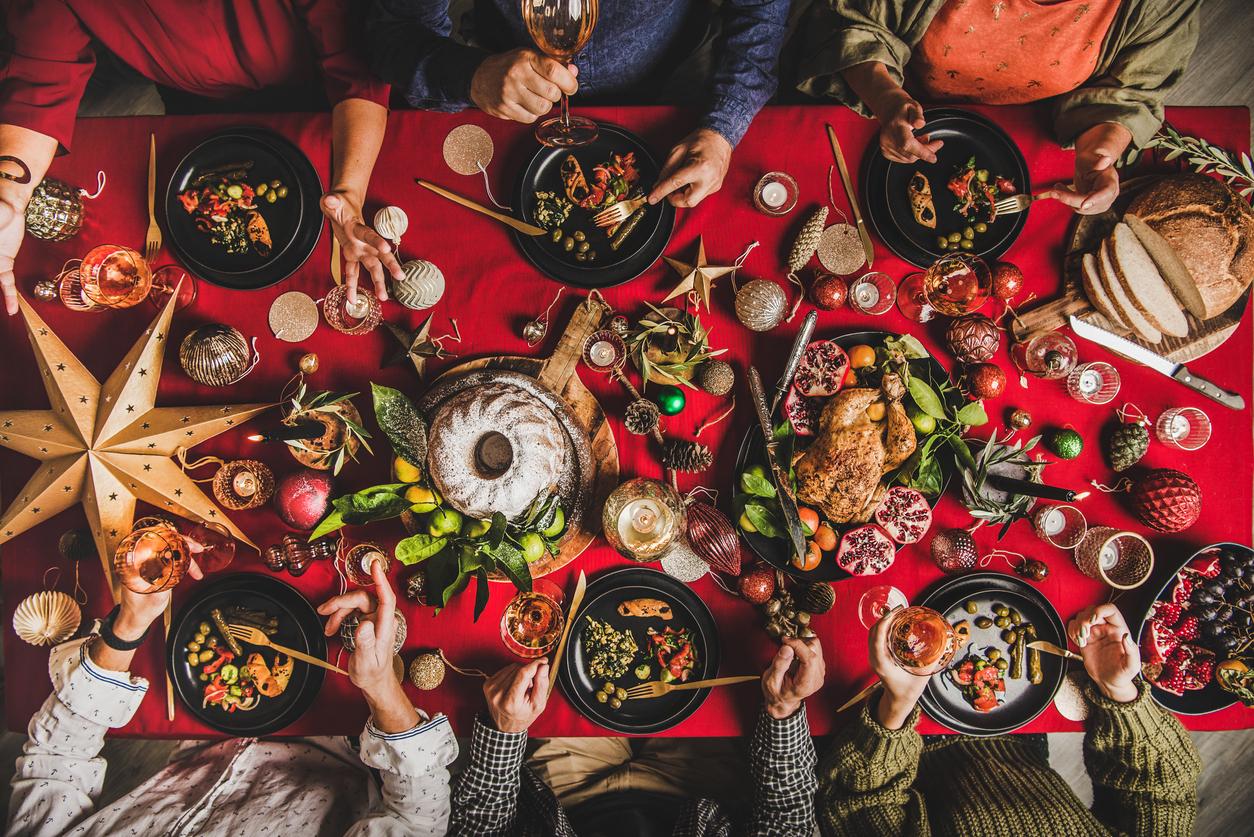
- In France, about a third of food poisonings reported each year occur at home.
- Cooking food at a core temperature of 70°C eliminates the majority of pathogenic microorganisms. However, caution should remain.
- Seafood can be kept between 18 and 24 hours, unopened oysters: 5 to 6 days (without light and flat), sliced cold cuts: 3 to 4 days, cooked vegetables: 2 to 3 days and homemade mayonnaise : 24 hours.
The guests have left and there are still plenty of leftovers from the Christmas meal. Without a few precautions, delicious holiday meals can become agents of food poisoning. Roger Sitrin, chef instructor at the Institute of Culinary Education, and Trevor Craig, food expert, shared their tips with Yahoo News to preserve the food cooked during the festivities.
End of year celebrations: how long to keep leftovers?
“Foods that spend time in the ‘danger zone’ – that is, between 4 and 60 degrees – provide the best environment for foodborne pathogens to thrive and multiply. So avoid as much as possible. It’s possible to leave food in that temperature range. But that doesn’t mean it’s absolutely going to make you sick, there’s just a higher likelihood.” warns chef Roger Sitrin.
In addition, ready meals should not be left at room temperature for more than two hours before consumption or refrigeration. “In general, leftovers can be kept for up to three to four days after cooking…if you store them properly”adds Trevor Craig.
Leftovers: how to store them properly?
The first point to be careful with leftovers is to let the food cool well before closing the box. “Hot food locked up is likely to create humidity. This promotes decomposition”, explains Trevor Craig. Furthermore, if the food is still hot when stored in the fridge, the fridge will have to work harder to maintain a safe temperature for all the dishes present.
If the quantity of food is large, it is preferable to distribute it in different containers. Thus, the cooling will be faster and the consumption of leftovers will also be easier, allowing you to reheat only the desired portion, and not the whole of a dish.
The chef also shares one of his tips: take transparent containers. “There’s a much better chance you’ll use up leftovers if you can identify them quickly when you open the fridge”explains Roger Sitrin. “This avoids having to do the look-smell-taste test for each container.” Additionally, he advises labeling the boxes with a permanent marker. Indicate the name of the dish and the date on which you placed it in the container. This will make it easier to spot foods that are no longer edible.
How to properly reheat Christmas leftovers?
Experts say it’s best to take out the amount of food you plan to eat and put the rest back in the fridge right away. “Keep your food out of room temperature as much as possible, as reheating and cooling the product will accelerate the growth of bacteria”adds Trevor Craig.
And caution is always in order: “Even though heating food high enough for long enough will kill bacteria, that doesn’t mean it will destroy toxins left behind by certain germs that can cause foodborne illness”warns the expert.









